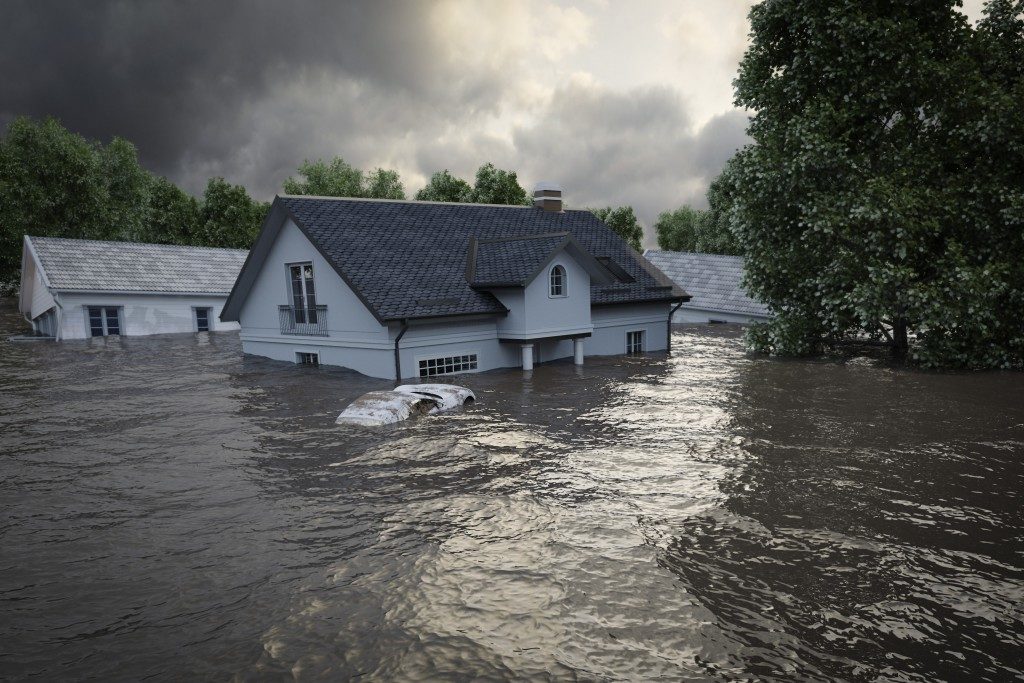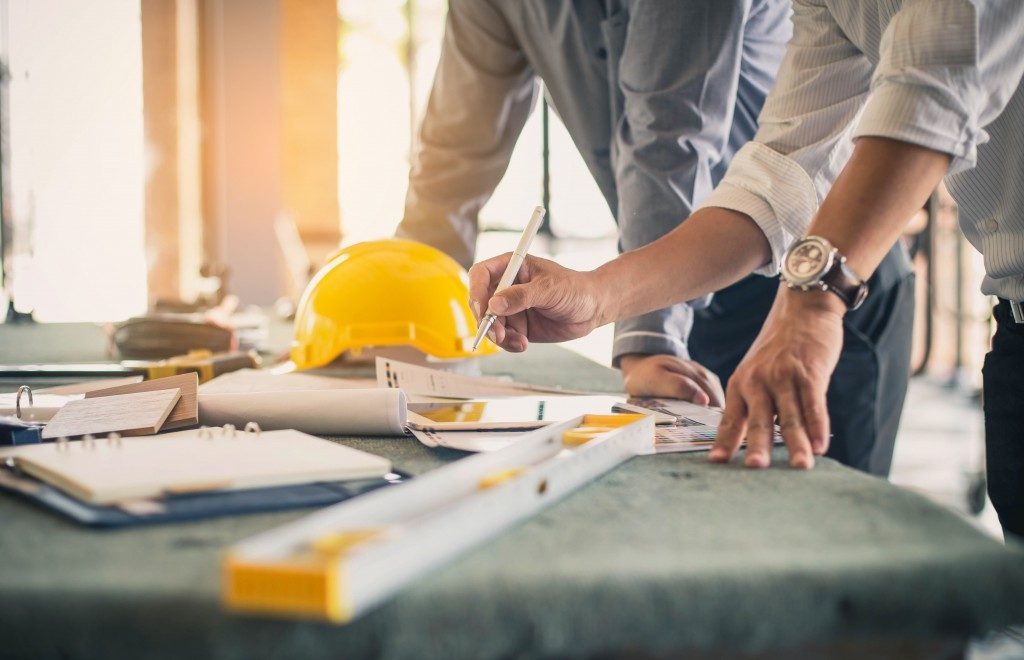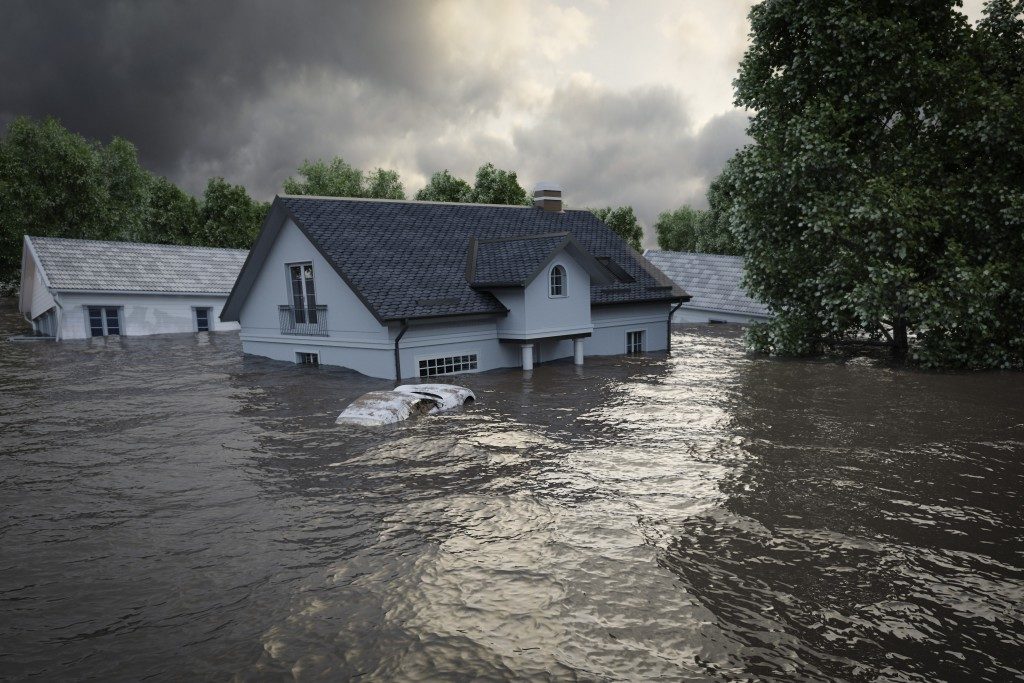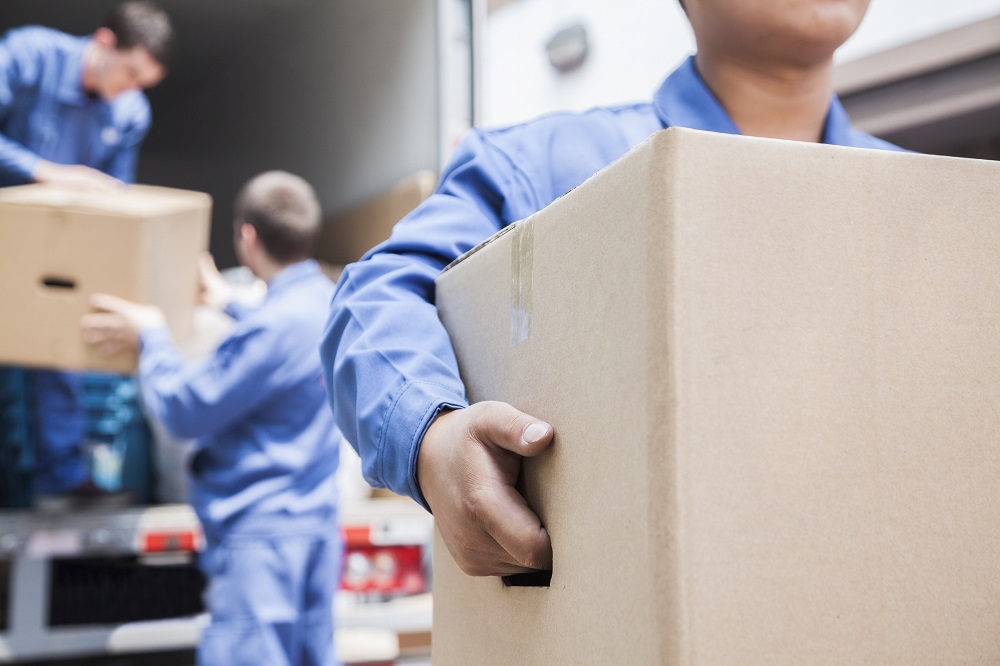 The Hurricane Katrina did not only end lives or damage millions worth of properties. It also highlighted what is now a growing concern in Louisiana: is it sinking? Get the facts you need below:
The Hurricane Katrina did not only end lives or damage millions worth of properties. It also highlighted what is now a growing concern in Louisiana: is it sinking? Get the facts you need below:
1. What is the significance of Louisiana’s topography?
Louisiana is flat lowland, especially in the alluvial regions near the Mississippi River and the Gulf of Mexico. The highest elevation is near the Arkansas border, but it is no more than 305 meters. In New Orleans, only 50% of the area is above sea level.
This is where the problem lies. Climate change is increasing the temperatures and melting the glaciers and ice sheets. It can then increase the levels of water around the world. In turn, it can make low-lying places such as New Orleans more prone to flooding or, worse, submerged in water.
2. How can engineering help in preventing it?
 Civil engineering in New Orleans can play a significant role in preventing flooding and submersion. First, it can map the state and determine the most vulnerable locations. From there, it can develop different types of plans. These can include:
Civil engineering in New Orleans can play a significant role in preventing flooding and submersion. First, it can map the state and determine the most vulnerable locations. From there, it can develop different types of plans. These can include:
- Drainage, septic, and stormwater management
- Design, creation, and maintenance of flood-control systems
- Water resource management
- Regular site and plumbing inspections
- Master drainage research
- Development of coastal protection programs
While there are many contractors in the country, the state can benefit more from hiring locally. Louisiana has unique topography, and some of its infrastructures are already old. It needs people who understand how the water system works in the state.
3. What is subsidence?
Many consider subsidence as one of the primary reasons for the “sinking” of the state. It refers to the gradual caving of a surface due to the movements underneath it. In Louisiana, scientists believe it’s due to the thickening of the Mississippi Delta and the accumulation of sediments. These factors press the Earth’s crust downward. Activities such as fracking or the removal of gas can also cause movements that can lead to subsidence.
The east coast of the USA is gradually sinking into the ocean. Various studies have considered a myriad of factors when determining the constant sinking of the eastern seaboard.
Subsidence can result in harsher and more persistent floods in the future as the sea invades coastal areas and houses. This is all the more relevant because hurricanes nowadays overwhelm the southeast coastline with rising sea levels.
A recent article in Nature’s Scientific Reports claims that the eastern coast experiences three millimeters of higher seas every year. In coastal communities, this has caused floods during sunny or humid days, damaging homes, industrial buildings, and more.
For those who live in Louisiana, they do not have a hopeless case. It will still take many years before the water takes over a greater part of it. In addition, it will only happen if people do not do anything about it. Still, there is no better time to take a proactive approach than today.
Overall, subsidence is not something that many people want to discuss right now. Nonetheless, people should face the music and think of solutions to their growing dilemmas.


